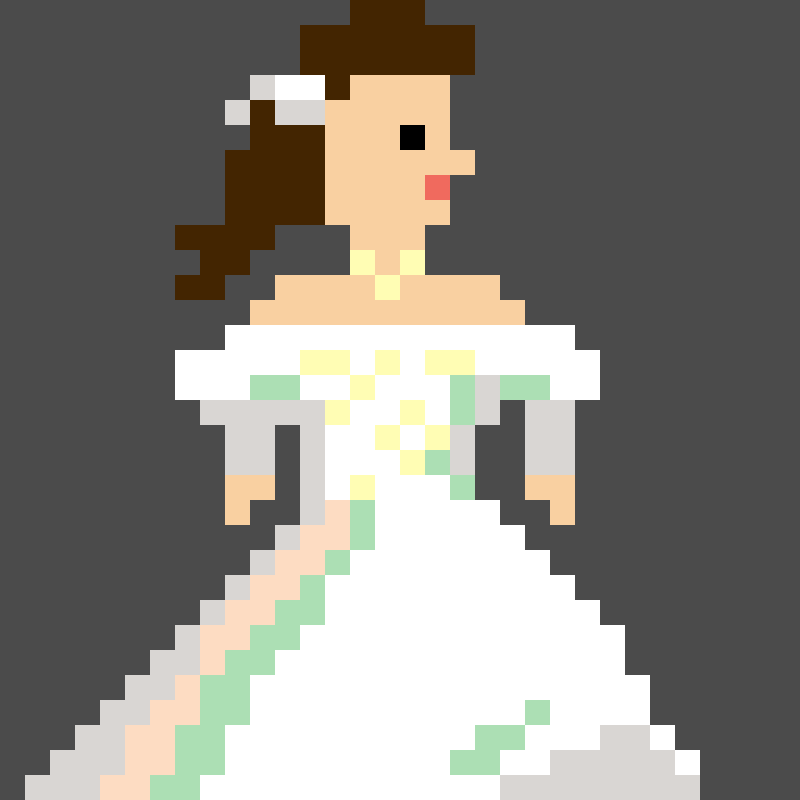"What is the attraction to glitch? Or more so, why are glitch artists drawn to creating work in this genre? Is it the humanizing of what is sold to the public as perfection? The computer as perfection, a precision instrument, capable of executing complex mathematical sequences to such a high degree that we have come to accept the notion of virtual reality feasibly recreating real world experience? Does the glitch therefore become the humanizing element, exposing the machine for what it is, a man-made instrument, a tool only one layer removed from pure data represented as image? Is it the poetic element of distorting images to convey meaning?" (Donaldson, n.d.).
It is interesting to me that glitch has become its own aesthetic and something that is sought out and celebrated rather than corrected or fixed. The definition of "glitch" is "suffer a sudden malfunction or irregularity." Meaning that, originally, glitches were something that were unwanted. Nowadays, when a piece of technology or program glitches, we use it as a form of entertainment or art, and as the quote above mentions, a way to "humanize" our machine world. As mentioned in a previous post, our lives are increasingly dependent on technology. Although we don't want our devices to malfunction, it does bring them down to our level, and it is up to us whether we consider glitches to be unforgivable or not. As the saying goes "To err is human, to forgive is divine." We are in a time where we forgive our glitches and actually turn them into something good.
In the video above, the narrator shows us several glitches in the original Super Mario Bros. game. At the time the game was made, I'm unsure if these were left in on purpose or not. These days, it seems that some glitches are left into video games as sort of Easter Eggs to find as you play. It adds another level of entertainment to the game above normal play, and an air of mystery that is fun to hunt down and figure out. Other kinds of glitches, such as the ones that are purposely made in glitch art, are another form of showing that even though our lives are run by technology, we can still show machines that we are in charge.
In a classroom environment, glitch art is a great way to teach about critical thinking about the way we can use technology. Although a lot of processes that went before are automatic with certain programs or devices, we can more or less throw a wrench in the works and see what positive outcomes result. This also puts a spin on creativity - instead of finding out how we can create something, we have to figure out how we can break something in a creative way. This completely redefines how art is typically made and taught.
Reference
Donaldson, J. (n.d.). Glossing Over Thoughts on Glitch: A Poetry of Error. Retrieved from https://webcourses.niu.edu/bbcswebdav/pid-5043831-dt-content-rid-37831821_2/courses/20182-ARTE-343-----1/Donaldson%2C%20J.%20%28n.d.%29.pdf









